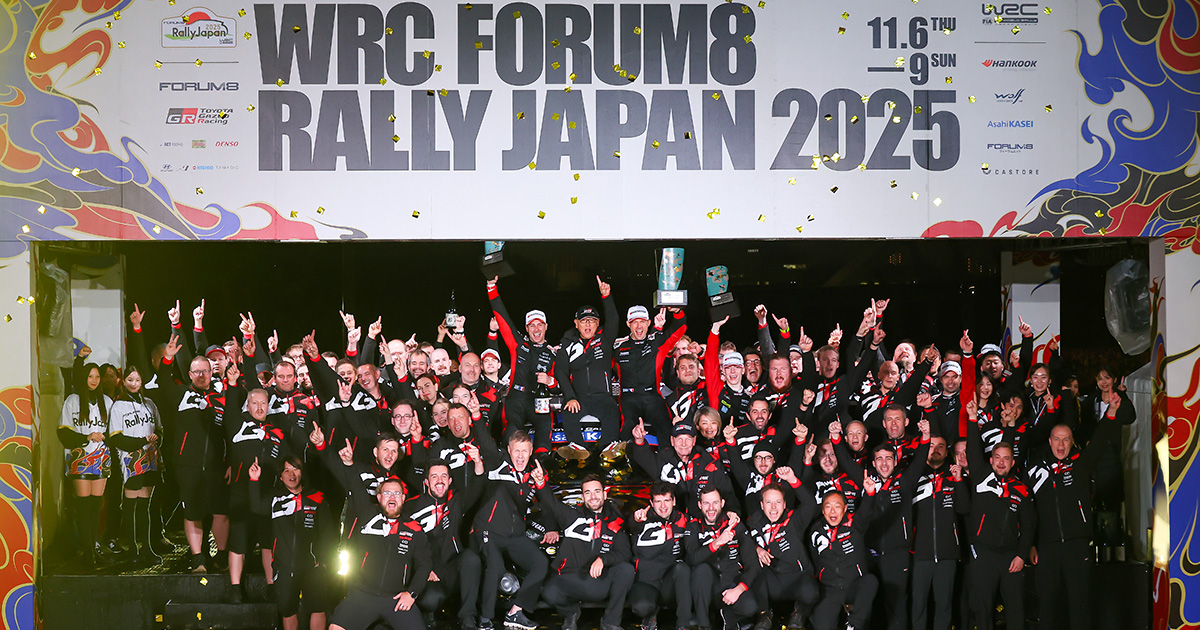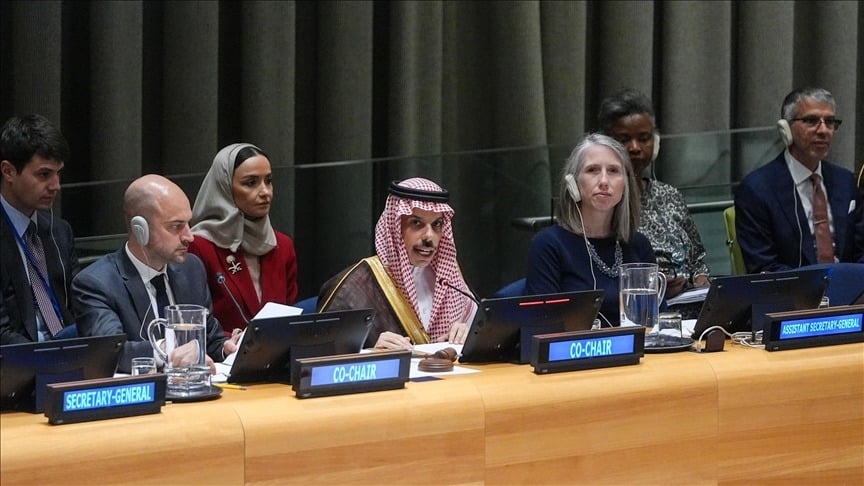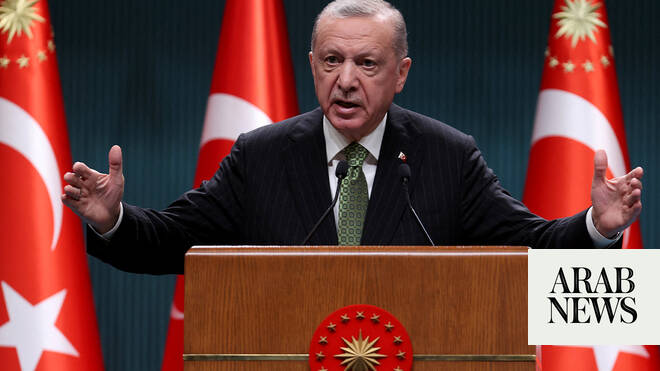As China rolls out a grand plan for integrating artificial intelligence into the economy, the latest earnings results show that some companies are already seeing results amid slower overall growth . Mainland China stocks, known as A shares, have so far reported third-quarter earnings growth of 12% from a year ago, according to UBS Securities China equity strategist Lei Meng in a report Tuesday. “Given a demand upswing from AI and self-reliance, the greater tech sector’s rapid earnings growth drove overall ex-financials’ earnings.” Earnings in AI-related sectors such as media, electronics and computers have risen by 57%, 41% and 34%, respectively in the third quarter, Meng said. “We think ‘growth’ may remain a key investment theme. We highlight better risk/reward in the ChiNext board, due to its accelerating earnings with long-term resilience and valuation.” The ChiNext is a Shenzhen, China stock index whose largest members include CATL, Innolight and Sungrow Power. In mainland China, “hardware manufacturers related to AI infrastructure have benefited the most from the rally,” said Herald van der Linde, head of Asia Pacific equity strategy at HSBC. In Hong Kong, “internet names with AI-related cloud services and models have benefited the most,” Van der Linde said in an email Thursday. Struggling stocks As earnings season gets underway, Chinese stocks have struggled in the midst of major events such as the five-year, goal-setting “fourth plenum” meeting of top leaders in late October, and trade talks between Chinese President Xi Jinping and U.S. President Donald Trump. Mainland China’s CSI 300 stock index rose last month to its highest since early 2022, but has since struggled to top those gains. The Shanghai Composite soared to 10-year highs in recent weeks, but failed again Friday to hold the psychologically key 4,000 mark. “Market sentiment weakened toward year-end amid lower risk appetite and ongoing 3Q earnings releases,” Morgan Stanley’s chief China equity strategist Laura Wang said in a note Thursday. “We remain constructive on China over the medium term and will closely monitor e-commerce companies’ guidance, as it may provide indications of how 2026 earnings growth could unfold.” Gaming and social media giant Tencent Holdings , the largest stock by market capitalization in Hong Kong, is set to release earnings on next Thursday. Alibaba Group has yet to share when its next earnings report is scheduled. HSBC’s Van der Linde said that major Chinese tech companies’ capital spending, including Alibaba and China Unicom and others, is estimated at around $63 billion for 2025 — significantly higher than the $44 billion invested 2024. The strategist said companies in the mainland China CSI 300 index are posting third-quarter earnings growth of 5% compared with the same period a year ago. But companies in Hong Kong’s Hang Seng Index have so far reported about a 1% decline in third-quarter earnings from a year ago, largely due to an intense price war among internet companies, Van der Linde said. He noted that the profit margin for Hang Seng stocks is 14%, down from 16% a year ago. Economic bifurcation The divergence mirrors China’s bifurcated economy, as industries try to adapt to new technologies in the face of a real estate slump and trade disputes with the United States. Analysts at Bernstein and Societe Generale said in a joint Nov. 3 report that just a few sectors — consumer discretionary, communications, technology and healthcare — are expected to contribute about three-quarters of earnings per share growth between 2024 and 2027. Those four sectors are the focus of the SG Bernstein China Next Winners Basket. Its top three technology recommendations are: Chinese consumer electronics giant Xiaomi , data center optical solutions provider Innolight and Luxshare , another data center components player. “With the fourth plenum and Trump-Xi meeting in Korea now behind us, I think the outlook has improved to a cautiously optimistic one instead of pessimism resulting from the worst trade war tensions since Trump’s first term,” said Brian Tycangco, an analyst at Stansberry Research, adding that investors should “expect better earnings expectations to sustain the uptrend in stocks both in the U.S. and in China.” The more stable environment means that companies can make plans for at least the next 12 months, and Beijing can focus more on existing policy priorities, Tycangco said. “So, I expect the same outperforming sectors in 2025 (i.e. robotics, semiconductor, e-commerce and new generation consumption stocks like Pop Mart) to continue their winning streak in the coming year.” — CNBC’s Michael Bloom contributed to this report.
Author: admin
-
New Research Shatters the Myth of Gluten Sensitivity – SciTechDaily
- New Research Shatters the Myth of Gluten Sensitivity SciTechDaily
- 1 in 10 Worldwide Report Nonceliac Gluten/Wheat Sensitivity Medscape
- Unpacking the Gluten-Free Hype Virginia Living
- Researchers say millions ditched bread for no reason —…
Continue Reading
-

WRC 2025 Rd.13 Day 4 | 2025 | PRESS RELEASE | WRC
Quotes:
Akio Toyoda (TGR-WRT Chairman)
“Akio Toyoda, who has continuously spoken about ‘Japan Pride’ in various places, was finally able to return as Morizo on Thursday. Upon the team’s arrival in Aichi, I went to see everyone to say…Continue Reading
-

Four Days Left Until Enghouse Systems Limited (TSE:ENGH) Trades Ex-Dividend
Enghouse Systems Limited (TSE:ENGH) is about to trade ex-dividend in the next four days. Typically, the ex-dividend date is one business day before the record date, which is the date on which a company determines the shareholders eligible to receive a dividend. The ex-dividend date is important as the process of settlement involves a full business day. So if you miss that date, you would not show up on the company’s books on the record date. Meaning, you will need to purchase Enghouse Systems’ shares before the 14th of November to receive the dividend, which will be paid on the 28th of November.
The company’s next dividend payment will be CA$0.30 per share, and in the last 12 months, the company paid a total of CA$1.20 per share. Last year’s total dividend payments show that Enghouse Systems has a trailing yield of 5.7% on the current share price of CA$20.98. Dividends are a major contributor to investment returns for long term holders, but only if the dividend continues to be paid. As a result, readers should always check whether Enghouse Systems has been able to grow its dividends, or if the dividend might be cut.
This technology could replace computers: discover the 20 stocks are working to make quantum computing a reality.
Dividends are usually paid out of company profits, so if a company pays out more than it earned then its dividend is usually at greater risk of being cut. It paid out 85% of its earnings as dividends last year, which is not unreasonable, but limits reinvestment in the business and leaves the dividend vulnerable to a business downturn. We’d be concerned if earnings began to decline. That said, even highly profitable companies sometimes might not generate enough cash to pay the dividend, which is why we should always check if the dividend is covered by cash flow. It paid out more than half (52%) of its free cash flow in the past year, which is within an average range for most companies.
It’s positive to see that Enghouse Systems’s dividend is covered by both profits and cash flow, since this is generally a sign that the dividend is sustainable, and a lower payout ratio usually suggests a greater margin of safety before the dividend gets cut.
Check out our latest analysis for Enghouse Systems
Click here to see the company’s payout ratio, plus analyst estimates of its future dividends.
TSX:ENGH Historic Dividend November 9th 2025 Companies that aren’t growing their earnings can still be valuable, but it is even more important to assess the sustainability of the dividend if it looks like the company will struggle to grow. Investors love dividends, so if earnings fall and the dividend is reduced, expect a stock to be sold off heavily at the same time. With that in mind, we’re not enthused to see that Enghouse Systems’s earnings per share have remained effectively flat over the past five years. Better than seeing them fall off a cliff, for sure, but the best dividend stocks grow their earnings meaningfully over the long run. A payout ratio of 85% looks like a tacit signal from management that reinvestment opportunities in the business are low. In line with limited earnings growth in recent years, this is not the most appealing combination.
Continue Reading
-
Iraq's displaced Yazidis and security forces cast ballots in early voting in parliament election – The Washington Post
- Iraq’s displaced Yazidis and security forces cast ballots in early voting in parliament election The Washington Post
- Iraqis sceptical of political system ahead of elections Dawn
- What’s at stake in Iraq’s parliamentary election Arab News
- The…
Continue Reading
-

Saudi Arabia holds firm on Palestine before Israel normalisation talks
Saudi Arabia holds firm on Palestine before Israel normalisation talks – Daily Times
Continue Reading
-

Charles Leclerc retires from Sao Paulo GP as incident sees Oscar Piastri hit with penalty
Charles Leclerc was forced to retire from the Sao Paulo Grand Prix as he lost out in the battle for second place following contact with Kimi Antonelli, initiated by McLaren’s Oscar Piastri.
There was carnage on the Safety Car restart – as…
Continue Reading
-

Turkish delegation to visit Pakistan to seal peace deal with Afghanistan — Erdogan
PM Sharif directs withdrawal of immunity for premiers in Pakistan constitutional amendment
ISLAMABAD: Prime Minister Shehbaz Sharif on Sunday ordered the withdrawal of a…Continue Reading
-

More cases in Saint-Louis, Additional death reported
The west African country of Senegal continues to report confirmed human Rift Valley fever (RVF) cases as additional cases have been reported in the Saint-Louis region (11), bringing the country outbreak total to 416 in ten regions.
The ten regions…
Continue Reading
-

Apple Beats Earnings, $1 Billion Google AI Deal, Budget Mac And More: This Week In Appleverse – Alphabet (NASDAQ:GOOG), Apple (NASDAQ:AAPL)
Apple Inc. (NASDAQ:AAPL) had an eventful week, with significant developments in the tech industry. Here’s a roundup of the key stories.
Qualcomm Faces Pressure From Apple, Competitors
Despite the anticipated release of the iPhone 17 and a…
Continue Reading
